Date: 6 March 2008
In 2006, the UK’s Fire and Rescue services attended over 159,300 primary fires – defined as being inside a building. That’s an average of 436 fires every day. Counting the human cost, 504 people in Britain lost their lives in fires in 2006.
The cost of fire can be measured in other ways. The Geneva Association – or, to give it its Sunday name, the International Association for the Study of Insurance Economics, estimates that fire damage costs approximately 1% of GDP across the developed world or a total of €400 billion.
In terms of deaths per head of the population, the UK stands 10th in a league table of the developed world. In Britain, 1.04 people per 100,000 die in fires. Singapore ranks as the safest, with a mere 0.08 of fatalities per 100,000 of population. The worst of the top two dozen industrialised nations are the USA, Finland, Japan and Hungary.
A best guesstimate is that around 300,000 people die every year in fires, most in house fires, with most fatalities involving the very old or very young.
Stark variables are evident across the developed world. For example, Hong Kong, with over five million in population, has fewer fire deaths than 57 of the 58 largest cities in the USA. Chicago, with a population one half of Hong Kong’s, has three times the number of fire fatalities as the former colony.
The Geneva Association’s aim is to convince governments to do more to reduce the human and economic cost of fire, and to encourage legislatures to introduce more stringent fire regulations – and, in particular, to force the worst offenders to regulate those regulations effectively.
In the UK, the estimated cost of fire protection varies from 1% of total build cost for residential housing to some 7% for hospitals or office buildings. This compares to America, which spends 2.5% on housing cost to 12% on commercial buildings; or to Canada, which devotes over 13% of the build cost for commercial buildings on fire safety.
In countries where there are poor fire regulations, the situation is worse. In Latvia, for example, fire deaths per 100,000 of the population stands at over 8.0; in Estonia, a horrifying 14.2. In many other countries, fire fatality statistics are simply not collected or collated.
Until very recently, it was enough to have a UK or European fire test certification. However, with large numbers of American architects now working outside the USA, or with US corporations investing overseas but specifying US fire test certification, simply having European certification can sometimes be insufficient.
In some respects, both test regimes are similar. The American test methodology requires, as in Europe and elsewhere, for the glazing system to be subjected to furnace temperatures of over 1750 degrees Fahrenheit, testing the strength of the glass, the integrity of the glazing system, and its overall capability of maintaining compartmentation in a fire situation.
However, immediately after fire exposure, the American testing standard also requires the glazing system, to then be subjected to a high-pressure fire-hose test, generating a water stream in the region of 30 psi and impacting directly onto the super-heated steel and glass assembly.
To make matters more difficult, the longer the fire resistance being applied for, then the longer and more severe is the high-pressure water exposure. This tests the fire-resistant glass for the thermal shock of being deluged and suddenly cooled by the fire fighting services, as well as by the building’s own sprinkler system.
The US system was born, at least partly, from America’s love of the skyscraper, and its early reliance on iron to provide the structural support necessary to build higher and higher. The hose stream test was designed to challenge a building’s structural integrity and, later, the integrity of its glazing systems. That historic quirk remains in the US test armoury.
The successful addition of US test certification, added to our other international test data, gives us a global dimension that few other suppliers can match; a reflection of how seriously the fire threat is being taken across the developed and developing worlds, and how test certification is beginning to converge. To the adage of the global economy can now be added global fire safety.
In response to that global demand, steel glazing systems have developed rapidly in the past few years, driven by changing fire regulations, themselves driven by insurance companies increasingly troubled by terrorist uncertainty and the catastrophic risks posed by uncontrolled fire. It’s now up to architects and designers to fully understand that there are virtually no limits on what can be safely designed using glass – hose stream or no water torture.
Lee Coates, Technical Director of Wrightstyle, the leading British glass and steel systems supplier, explains why his company has willingly undergone American water torture. Press Release from Wright Style Ltd February 2008.


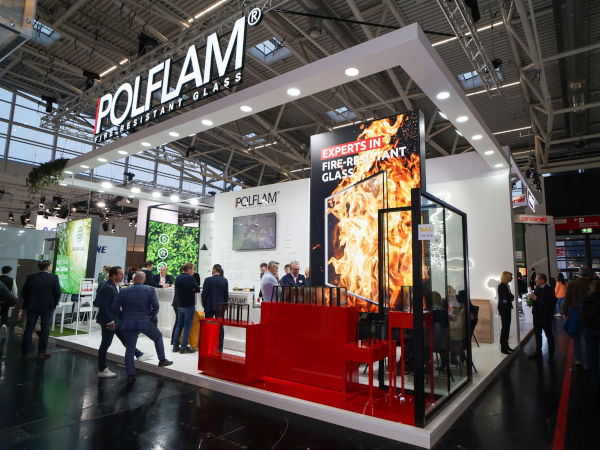

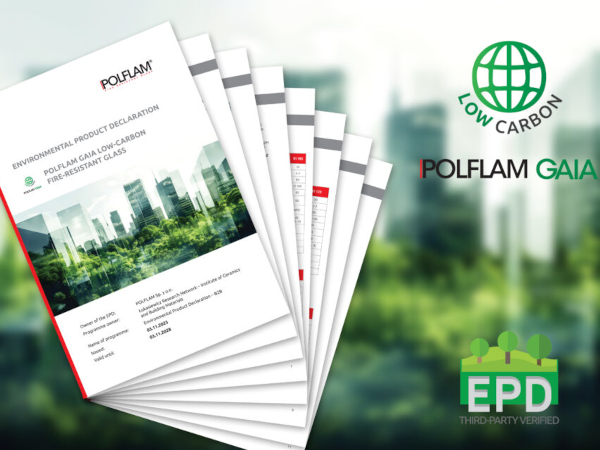
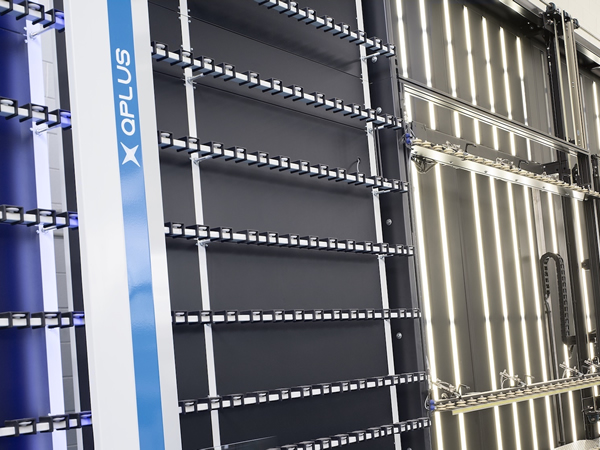




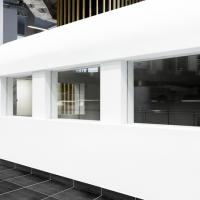
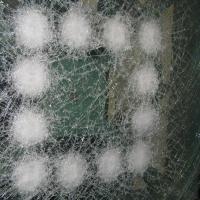
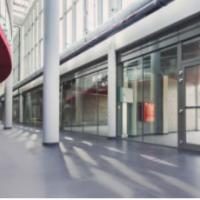
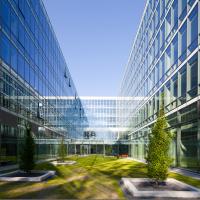
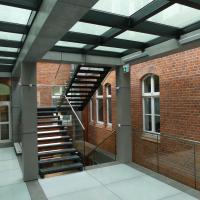
Add new comment